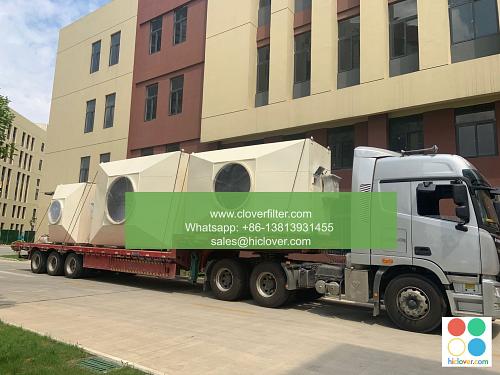The Impact of Public Policy on Air Filter Regulations: A Review

The impact of public policy on air filter regulations is a critical area of study, as it directly affects indoor air quality, public health, and environmental sustainability. In this article, we will review the current state of air filter regulations, highlighting various application areas such as residential buildings, commercial spaces, and industrial settings. We will also examine the role of government policies and industry standards in shaping the development and implementation of air filter regulations.
Air Filter Regulations: An Overview
Air filter regulations are designed to ensure that air filtration systems meet minimum standards for air quality improvement and pollutant removal. These regulations typically cover aspects such as filter efficiency, airflow rate, and pressure drop. In the United States, for example, the Environmental Protection Agency (EPA) sets guidelines for air filter performance, while the American Society of Heating, Refrigerating, and Air-Conditioning Engineers (ASHRAE) provides industry standards for air filter design and installation.
Public Policy and Air Filter Regulations
Public policy plays a crucial role in shaping air filter regulations. Government agencies such as the EPA and the Occupational Safety and Health Administration (OSHA) develop and enforce regulations to protect public health and worker safety. These regulations often require the use of high-efficiency air filters in commercial buildings and industrial settings to reduce air pollution and improve indoor air quality. Additionally, tax incentives and rebates may be offered to encourage the adoption of energy-efficient air filters and sustainable air filtration systems.
Application Areas: Residential, Commercial, and Industrial
Air filter regulations have different implications for various application areas. In residential buildings, air filter regulations focus on improving indoor air quality and reducing allergy and asthma symptoms. In commercial spaces such as offices and shopping malls, air filter regulations aim to enhance occupant health and productivity while reducing energy consumption. In industrial settings such as manufacturing plants and chemical processing facilities, air filter regulations prioritize worker safety and environmental protection by requiring the use of high-performance air filters to remove hazardous pollutants.
Industry Standards and Certification
Industry standards and certification programs play a significant role in ensuring compliance with air filter regulations. Organizations such as ASHRAE and the International Organization for Standardization (ISO) develop standards for air filter design, testing, and performance. Additionally, certification programs such as the Energy Star label and the ISO 9001 certification help consumers and businesses identify high-quality air filters and reliable air filtration systems.
Challenges and Opportunities
Despite the progress made in developing and implementing air filter regulations, challenges persist. Lack of awareness and limited enforcement can hinder compliance, while technological advancements and emerging pollutants require continuous updates to regulations. However, these challenges also present opportunities for innovation and growth. The development of smart air filters and IoT-enabled air filtration systems can enhance air quality monitoring and energy efficiency, while sustainable air filter materials and recyclable air filters can reduce waste and environmental impact.
Conclusion
In conclusion, the impact of public policy on air filter regulations is a complex and multifaceted issue. By understanding the current state of air filter regulations and highlighting various application areas, we can identify opportunities for improvement and innovation. As government policies and industry standards continue to evolve, it is essential to prioritize public health, environmental sustainability, and energy efficiency in the development and implementation of air filter regulations. By working together, we can create a healthier, more sustainable future for generations to come. You haven’t asked a question or provided any context. What would you like to talk about?

